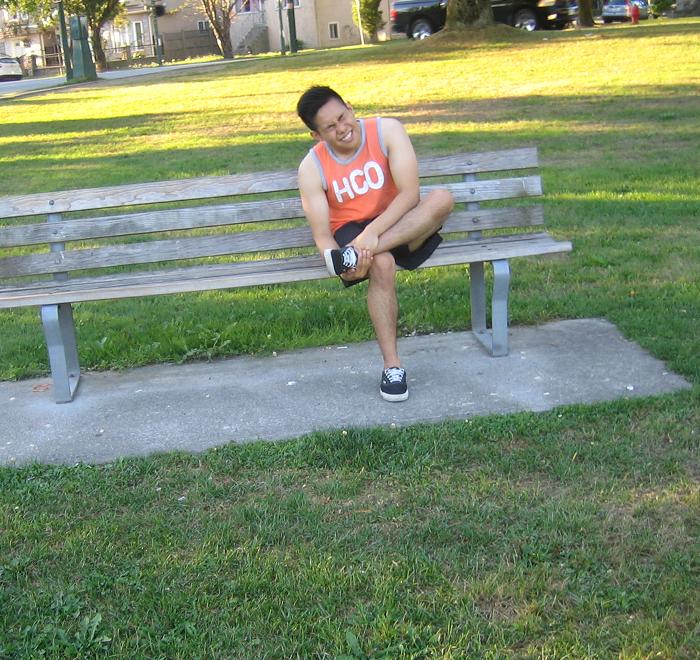Toe bursitis is a condition that causes pain and discomfort especially when walking. It happens in various areas across the foot, around the joints of the toe, sides of the foot and heel and the ankles.
It is normal for a small number of bursae to be present in the foot and toe and other areas of the body but when applying excessive pressure and friction, the body will produce abnormal amounts of bursae and lead to the development of bursitis. Other areas of the body that can be affected by bursitis include the hips, elbows, and the shoulders which are joints that are utilized extensively in performing repetitive movements.
Causes of toe bursitis
- A direct blow or injury on the toe which causes inflammation of the bursae.
- Repetitive straining of the toe
- Diseases that affects the joints of the toe such as rheumatoid arthritis and gout can cause swelling of the bursae
- Bacterial infections that causes the bursae to become inflamed.
Symptoms
- The affected toe becomes sensitive when touched
- The skin becomes fiery red or an “angry” red and the area is swollen
- An aching and stiff sensation can be felt on the toe.
- The skin feels hot with a burning sensation
Treatment

- Take plenty of rest especially the affected toe for fast healing of the condition. Wear a sling, splint or padding to lessen the pressure placed on the foot. Avoid performing strenuous exercises until the affected toe is completely healed.
- Take the prescribed over-the-counter anti-inflammatory medications such as aspirin, ibuprofen and naproxen to lessen the pain and swelling of the affected area.
- Apply cold and warm compress on the first 2-3 days. Apply an ice pack on the affected toe to reduce swelling. After a few days, replace the cold by applying a warm compress on the affected toe for at least 20 minutes at 4 times every day or soak the foot in warm water to lessen pain and improve the blood circulation in the area.
- Seek the help of a physical therapist for rehabilitation exercises to strengthen the joint muscles and improve the flow of blood as well as eliminate waste products from the affected area.
- Wear properly fitting shoes. Women should not wear sandals and shoes with high heels.
- Increase the consumption of vitamin C rich foods. Vitamin C repairs the injured parts. Enzymes found in pineapple can lessen the inflammation and swelling of the affected area.
- Curcumin which is the yellow pigment found in turmeric reduces inflammation due to toe bursitis.
Tips
If the individual develops fever, bursae area becomes intensely red and warm, affected area is swollen and pain that intensifies, these are symptoms of a possible infection. In such cases, it is vital to seek medical help immediately.

